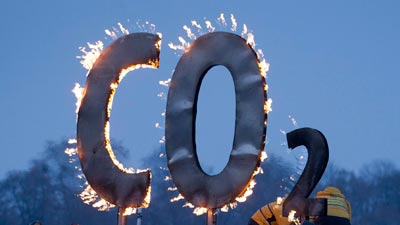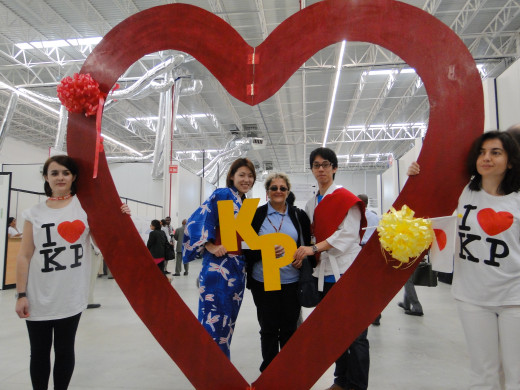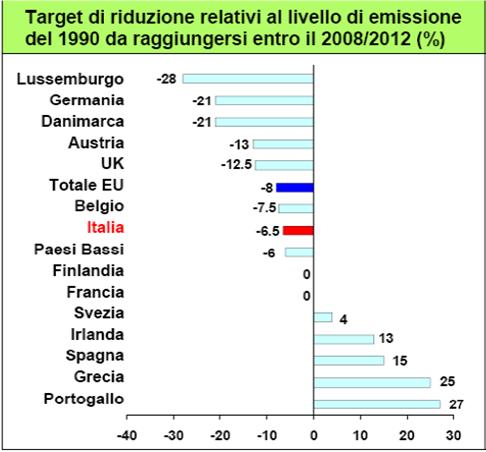The Tokyo protocol and its actual course in Europe
The emblem of what should be done. I cannot imagine a better way to define the accord we still reason on. Partly a consequence of the United Nations Framework Convention on Climate Change in New York and the Heath Summit hosted in Rio De Janeiro, both held in 1992, it has been formally signed in 1997 and it started operating in January 2008. Enough distance to value the impact on reality in the way the man relates with his planet.

One could hardly expect that an enormous project could be reduced to a couple of principles, but that's the way it is. Equity and precaution. About equity it could be enough to say duties and restrictions have to be proportioned to the country situation (ex. considering its state of industrial development, wealth etc.). About precaution the principle does not allow governments to undervalue a threat because it is not scientifically proved. At a first sight one can easily understand they are both reasonable and sound principles, especially if interpreted in the best way.
Do Japanese love or do they leave Kyoto?

CO2 emissions represents more than 80% of the green house gases emissions and the most important task is for nations to reduce it . This can be done through green energy technology, the main element that allows economic growth to be independent from CO2 emissions growth. When Russia entered the treaty in 2004, it generated 17% of greenhouse gases emissions on the whole. Nominally speaking, 6000 megatons circa is the worldwide CO2 production.
Reductions on emissions to be done for several countries

Among the most backward european countries in keeping the promise, Denmark, Spain and Italy. Eco-friendly policies in Italy have been strong: deductions on renewed buildings and bio-fuel use have been introduced in 2007 reinforced with the 2008 budget linked law. The reduction of CO2 emissions starting from 1990 is 11%, and the one of green house gases is 6,4%, as an average for every five years, starting from 1995. Less than the promised.
CHRONOLOGY
1992 The UN Conference on the Environment and Development is held in Rio de Janeiro. It results in the Framework Convention on Climate Change ("FCCC" or "UNFCCC") among other agreements.
1995 Parties to the UNFCCC meet in Berlin (the 1st Conference of Parties (COP) to the UNFCCC) to outline specific targets on emissions.
1997 In December the parties conclude the Kyoto Protocol in Kyoto, Japan, in which they agree to the broad outlines of emissions targets.
2002 Russia and Canada ratify the Kyoto Protocol to the UNFCCC bringing the treaty into effect on 16 February 2005.
2011 Canada became the first signatory to announce its withdrawal from the Kyoto Protocol.
2012 On 31 December 2012, the first commitment period under the Protocol expired.



